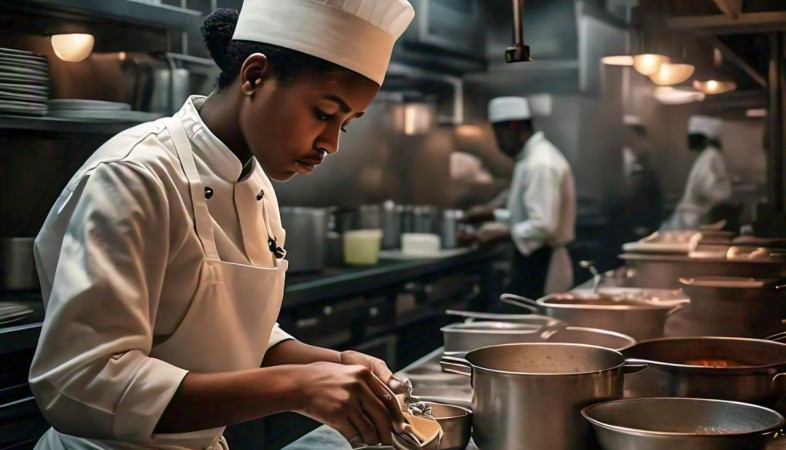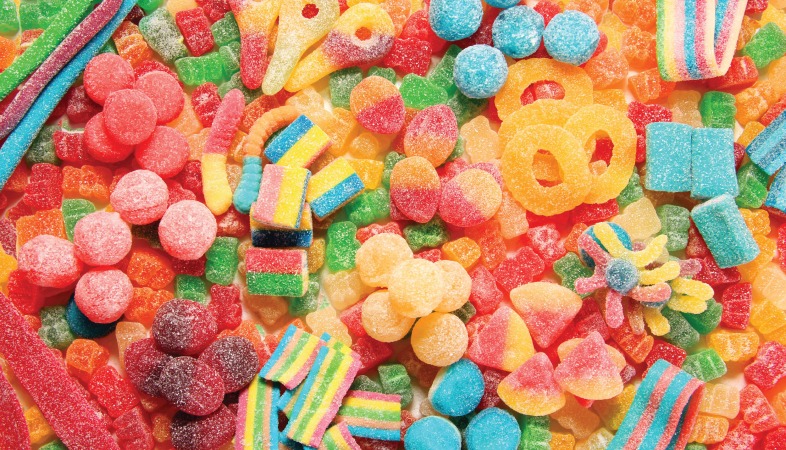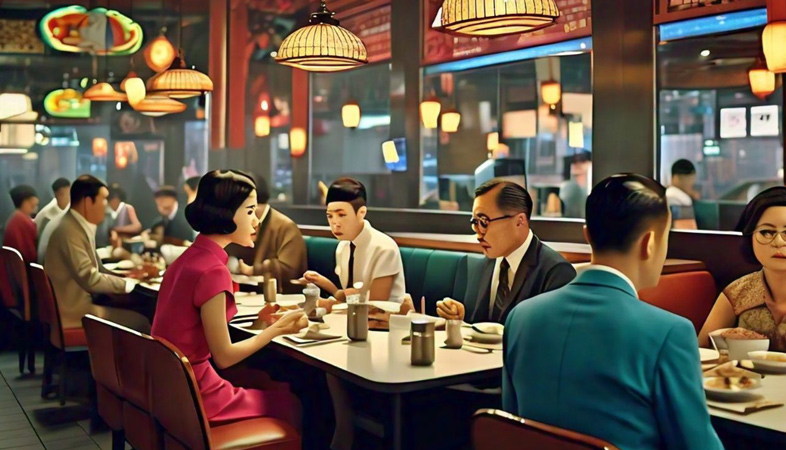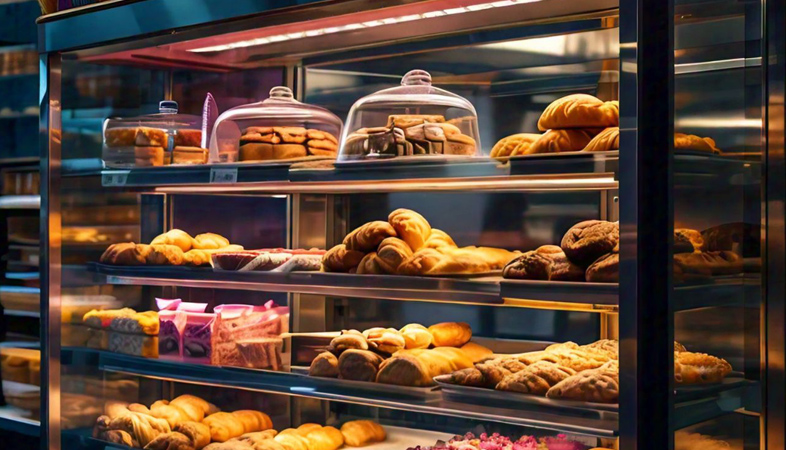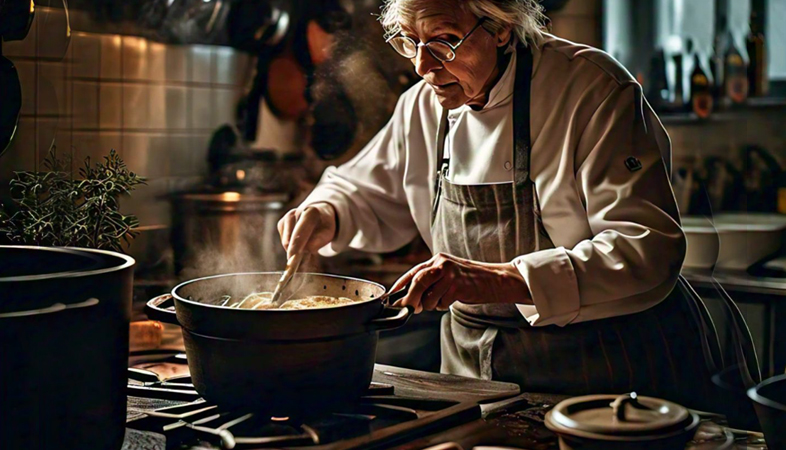The Art of Hygiene: Visualizing Best Practices in Stewarding
The art of hygiene transcends mere cleanliness to become a visual representation of excellence in stewarding.
In the realm of culinary operations, the art of hygiene
stands as a cornerstone of excellence, ensuring not only the safety of food but
also the satisfaction and well-being of guests. Let's explore the visualization
of best practices in stewarding, where cleanliness becomes an art form and
hygiene standards are elevated to an aesthetic experience.
1. The Canvas of Cleanliness:
Imagine a kitchen as a canvas, where every surface and utensil serves as a blank slate awaiting the strokes of meticulous cleaning. From gleaming countertops to sparkling cookware, the visual impact of cleanliness sets the stage for a culinary masterpiece. Stewards become artists, wielding their tools with precision and care to transform the kitchen into a pristine work of art.
2. The Palette of Purity:
Just as an artist selects colors from a palette, stewards choose cleaning products and sanitizers to create a harmonious symphony of purity. Each product is carefully selected for its effectiveness in removing dirt, grease, and bacteria, while ensuring the safety of food and the health of guests. The palette of purity encompasses a spectrum of cleaners, disinfectants, and degreasers, each serving a specific purpose in the quest for immaculate hygiene.
3. The Brushstrokes of Detail:
In the art of hygiene, attention to detail is paramount, with stewards employing delicate brushstrokes to capture every nuance of cleanliness. From scrubbing stubborn stains to polishing stainless steel surfaces, each movement is deliberate and precise, leaving no corner untouched. The brushstrokes of detail reveal the dedication and craftsmanship of stewards as they strive for perfection in every aspect of stewarding.
4. The Composition of Compliance:
As stewards navigate the complexities of food safety regulations and industry standards, they must adhere to a composition of compliance that governs their every action. Visualizing best practices in stewarding requires an understanding of sanitation guidelines, HACCP principles, and local health codes, ensuring that every brushstroke of cleanliness is executed in accordance with established protocols. Compliance becomes the framework upon which the art of hygiene is built, providing structure and stability to stewarding practices.
5. The Masterpiece of Maintenance:
Ultimately, the art of hygiene culminates in a masterpiece of maintenance, where cleanliness becomes an enduring legacy that defines the kitchen environment. Stewards take pride in their work, knowing that their efforts contribute to the safety and satisfaction of guests. Whether it's a spotless dish pit, a gleaming dining room, or a sanitized prep area, the masterpiece of maintenance reflects the commitment and professionalism of stewards in upholding the highest standards of hygiene.
The art of hygiene transcends mere cleanliness to become a visual representation of excellence in stewarding. By visualizing best practices in stewarding as an art form, stewards elevate hygiene standards to an aesthetic experience, where cleanliness becomes a masterpiece worthy of admiration and applause.
.png)


